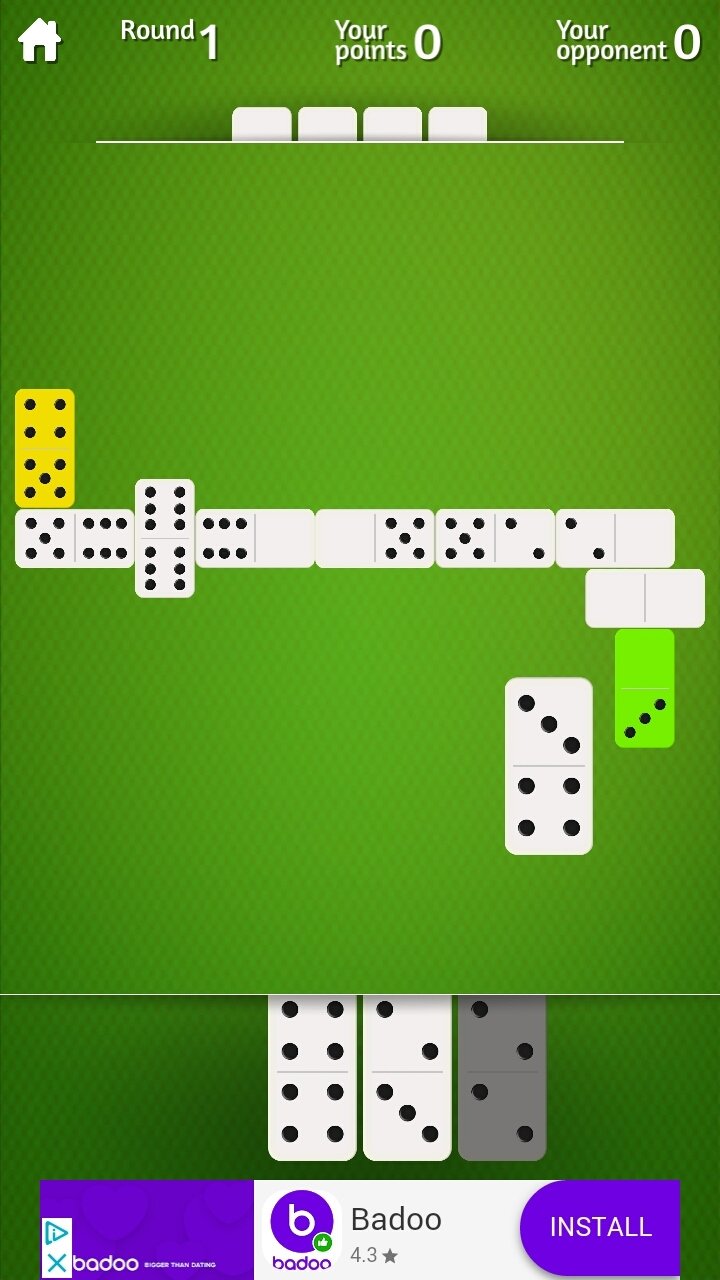

I explained we would add (count) the dots on both sides of the tiles. On a whim, I grabbed computer paper and made little tags with the numbers zero through twelve. We started with the small, white dominoes we had. My daughters and I got straight to work sorting and matching tiles. That’s when “find the matches to the dominoes” became a game with my children. So, I started sorting through the dominoes to find pairs until it occurred to me that I didn’t need to do all the work myself. It wouldn’t be a good idea to play a game of Go Fish without pairs! I intended to play Go Fish right away, but we have a lot of mismatched, random domino tiles in my house. (If you don’t already have dominoes you can get some great ones on Amazon.) Matching Activity with Dominoes All you need for each of them is dominoes! That one comment led to the following three domino games.Īnd you can play these games at home, too.

The comment stated, “the games we play are like Go Fish…” I found a couple of posts that had some great ideas for dominoes.īut it was a comment someone had submitted that really intrigued me. So, I headed to Hands On As We Grow for some tile based inspiration.Īs usual, Hands on As We Grow didn’t disappoint. I wanted to find a fun game to play with dominoes (besides the popular game of lining them up in rows and knocking them over). I love finding simple, educational activities I can do using supplies I already have at home. Which version do you like to play? Have any domino questions? Let us know in the comments.Dominoes can be used for so much more than the popular games they were intended for! Turn them into new games with these ideas below and learn math skills too! Grab Some Dominoes and Get Ready to Play The team to get to 100 points first, wins! You can also play to 50 for a quicker game. Remember dominoes is a game of numbers, so in case of doubt play your highest tiles first to have less points in case your team doesn’t win that round.ġ0. After each round the player to the right, counter clockwise, of the previous starter gets to go first.ĩ. The team with the least amount of points wins the Jam and gets the points accumulated by the opponents.Ĩ. In case of a Jam, where no one can continue playing, each teams points are added. For example, if you put your last tile and your opponents have the 4/3 and the 6/0 you get 13 points added to your tally.ħ. The tiles left in the opponents hands are added to the winning teams tally. The first player to put all their tiles wins the round. If a player can’t play, they can pass or take from the Boneyard until you pick a tile that can be played.Ħ. The play continues counter-clockwise with each player being able to play on either end of the skeleton. For example if you have a lot of 3's and 6's and you have the 6/3 start with that one.ĥ. If you don’t have an accompanied double, start with the tile that shows the numbers you have most of. For example if you have the 5/5 with another 5, say the 5/2 start with that double. First player usually starts with their highest accompanied double.

If playing less than 4 players, the leftover tiles are called the Boneyard.Ĥ. Re-shuffle the tiles and each player picks 7. In case of a tie the higher number on the tile starts.ģ. The player with highest tile will go first.

Shuffle the tiles face down and each player picks a tile. If playing 4, those seated opposite to each other are partners.Ģ. Play with 2 to 4 players but it is usually played with 4. The version that we typically played is the Latin American way that is very similar to the one played in international domino tournaments with a few differences.ġ. It's important to note that there are hundreds of variations of domino games.


 0 kommentar(er)
0 kommentar(er)
